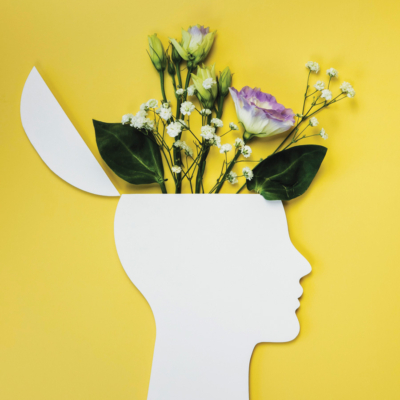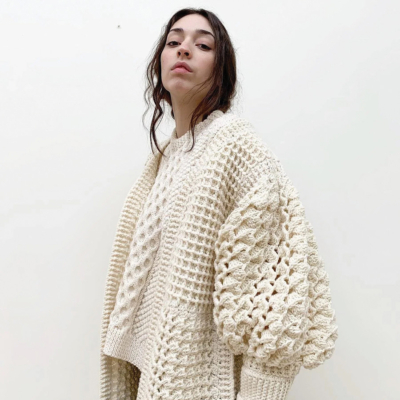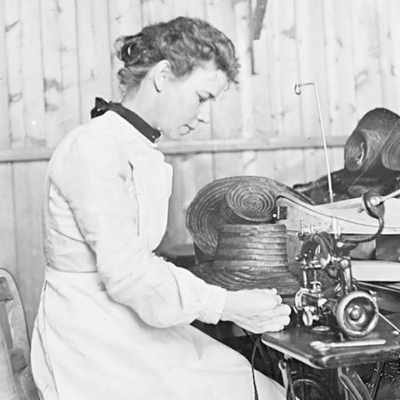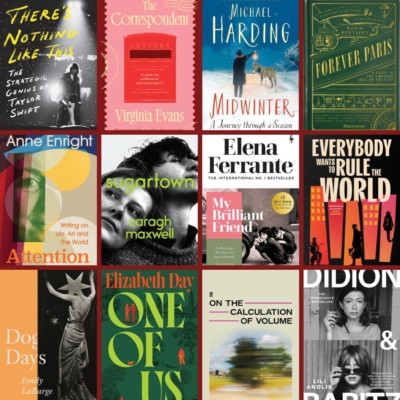Handsome, wholesome, wholeheartedly honest, Arthur Parkinson is gardening’s latest crush.
His new book is disarmingly charming and full of tips for tiny gardens
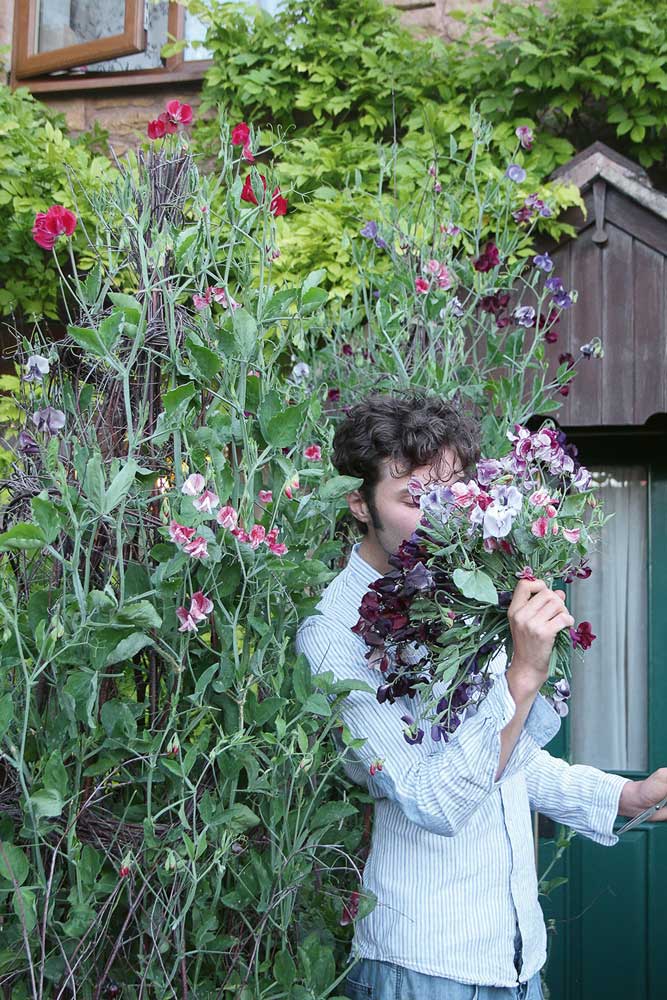
To be a gardener is to be an artist painting a living picture that is never finished and continues English champion of small gardens and
Instagram sensation (62,000 followers) Arthur Parkinson.
Parkinson nearly became a zookeeper. He had secured a work placement at a wildlife park before being offered a year’s training at Kew Gardens that same summer. “I chose studying plants rather than flamingos, but I know a ridiculous amount about them,” he says. He likens their plumage to serrated peony petals, “like living in a Philip Treacy hat”. Parkinson does keep a flock of his own – of assorted special breed hens, at his grandmother’s house. Each spectacularly photogenic and pretty hen has a name, and a personality. He is also a talented florist.
Parkinson believes a garden can never have enough flowers. His garden, just five metres long, is a carefully planned and constantly replenished path of pots, creating a tall flower curtain which leads to his front door. He has a preference for vintage dolly pots (originally used for handwashing in the 19th century), galvanised baths and old metal bins that can be moved from one location to another. He plants one season ahead, calling this process “a living ballet” that requires patience and constant care. Low maintenance it is not, nor particularly economic.
Parkinson does keep a flock of his own – of assorted special breed hens, at his grandmother’s house. Each spectacularly photogenic and pretty hen has a name, and a personality.
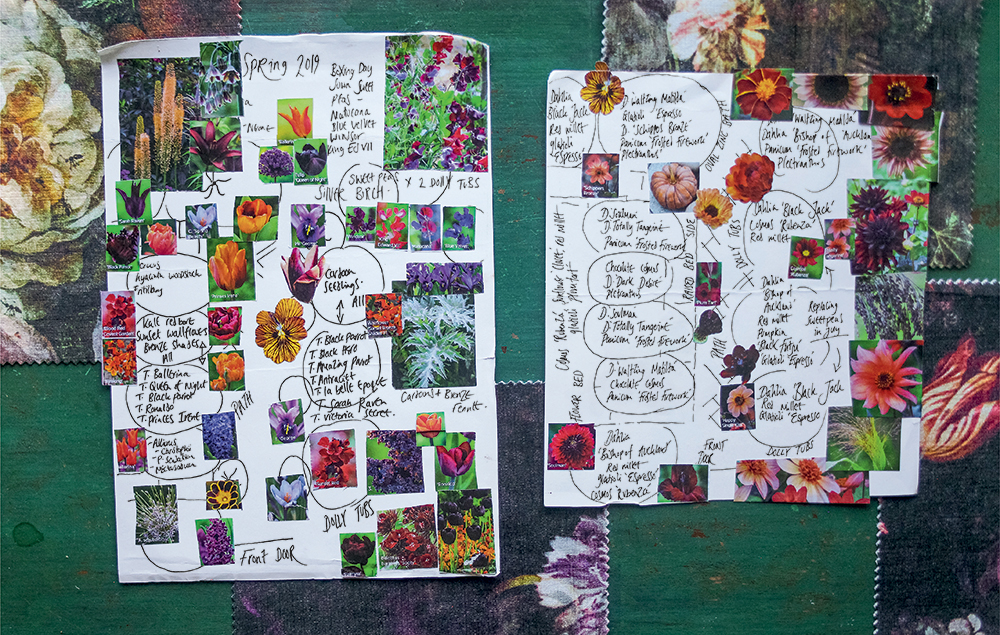
When it comes to planning a potted garden, he recommends cutting photographs out of plant catalogues to help decide on a colour scheme. “Some catalogues are misleading and not very helpful but others are excellent, produced like proper mini-books. I draw the garden with circles representing the pots and place the faces of the chosen flowers into the circles. I consider which will be the season’s main players? Three to five plants will be grown en masse to give the garden continuity. Which will be the faces that burst out from these main players, like regal figures? Which plants will provide the essential leaves, seed heads and tendrils to lend form to the pots? I lay out and glue down until the entire show has been selected.”
Parkinson’s garden calendar begins in early spring with a show of crocus. In mid-spring it evolves to a mass of tulips and wallflowers. The tulip bulbs are removed in early summer, when alliums and iris will bloom, with poppies, lilies and rockets of eremurus in supporting roles.
By midsummer, sweetpea, planted in separate pots, (an early spring task) flower with gay abandon. Meanwhile, the other pots are replanted completely with the summer show of dahlias and annuals. From summer to late autumn, Parkinson’s dolly tubs are a mass of dahlias, cosmos, sunflowers, quick-flowering half-hardy annuals and annual grasses, providing a jungle that flowers until the first frosts. In winter, the foliage of kales, wallflowers, cardoons and fennel along with birch woven supports give form to the sleeping winter garden, with most pots having been planted with hundreds of bulbs for spring.
The Flower Yard, Growing Flamboyant Plants In Small Spaces by Arthur Parkinson, published by Kyle Books, is out now. @arthurparkinson_
LOVETHEGLOSS.IE?
Sign up to our MAILING LIST now for a roundup of the latest fashion, beauty, interiors and entertaining news from THE GLOSS MAGAZINE’s daily dispatches.







